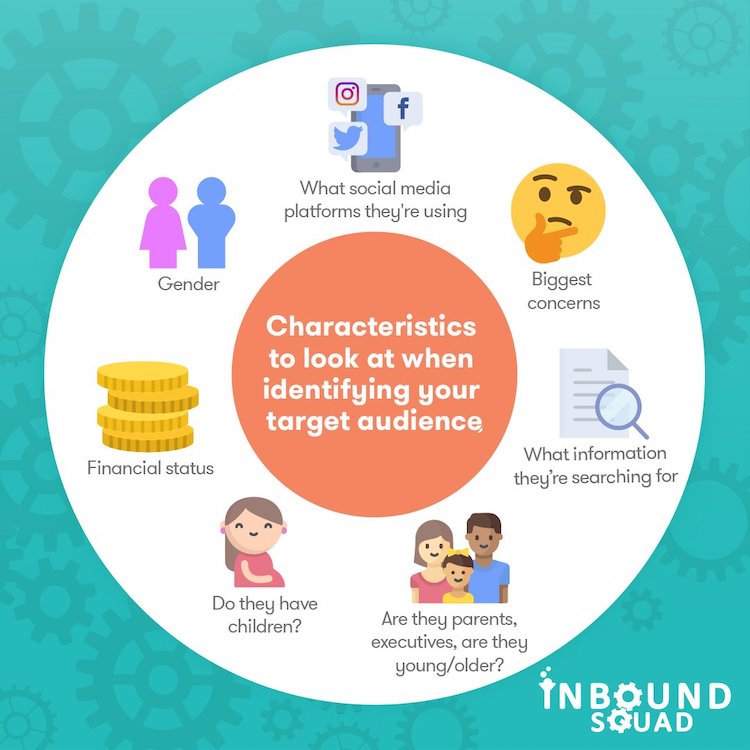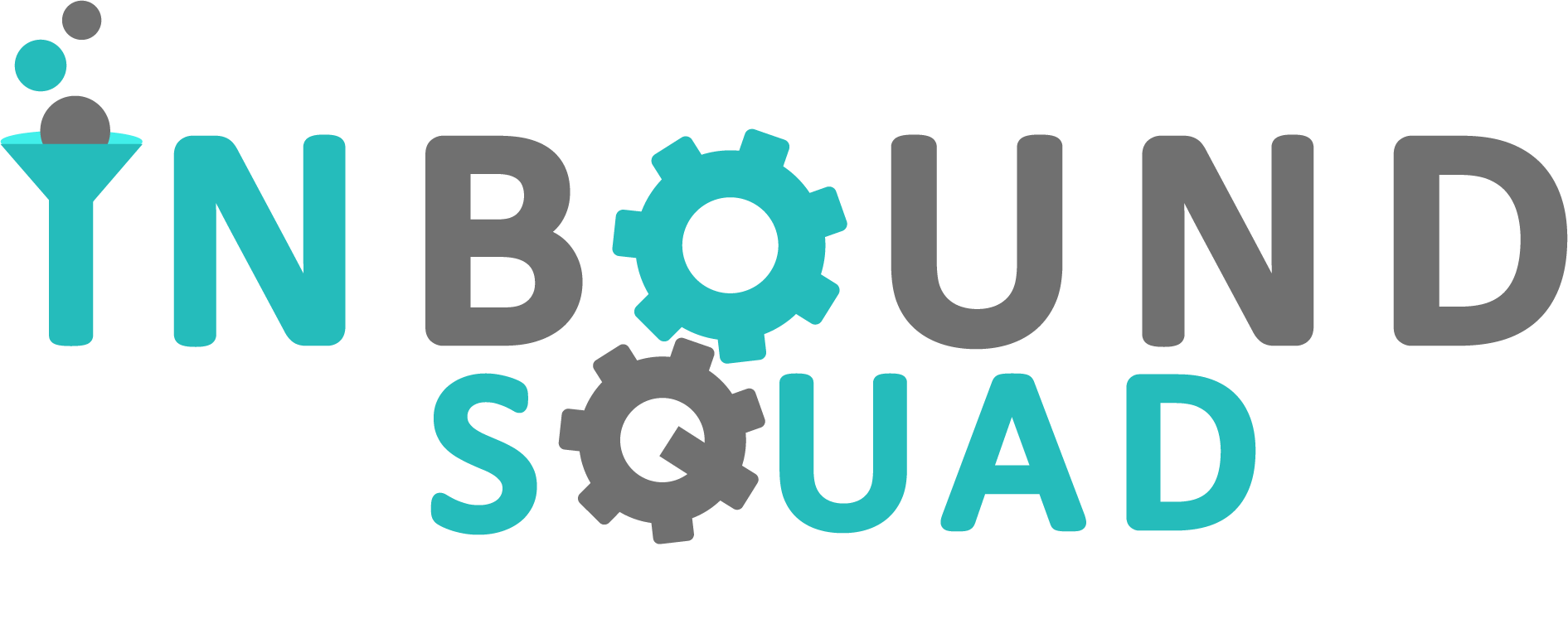Google’s algorithm has one main goal – to provide users with the best possible content to match their search query.
The algorithm operates on keyword and phrase search. Marketers have been using this successful formula to generate content that attracts searchers, brings them to their page, and, hopefully, makes a conversion by the end of the process.

This is done through frequent blogging. The premise of writing for the purpose of providing information to your users seems easy, but the strategy itself requires maintenance and hard work.
There are also many misconceptions about what constitutes a great blog that will keep people on the page, and what will get you penalized by Google, or have users leave your site. The latter can make for a bad bounce rate, along with a notoriously low ranking.
In this blog, we’ll go over all the do’s and don’ts of blogging and content creation to help optimize your website, get you noticed in the search results, establish a respectable ranking factor, and use all of this to help pave the way to easy conversions.
Blogging Do’s:
-
Write Long-Form Content
While it is a ton of work, search engines love long-form content. The average word count of the blogs on the first page of the search results is around 1900, with the top-rated posts typically exceeding 2,000 words. This means that writing long pieces of content that are optimized for keyword search will likely help you rank higher in search results, ultimately increasing your traffic and visibility online.

Long blogs also keep users on the page for longer. If the piece is written well, useful, engaging, and relevant, users will be less likely to bounce.
Long-form blogs and articles are extremely shareable online and often packed full of valuable information. It also gives you something to promote online.
-
Write Content that is Relevant and Useful
Before you begin writing anything, you should first establish who you’ll be writing for. This involves creating buyer personas to properly identify your target audience. You can identify who your target audience is by asking a series of important questions before you begin brainstorming topics that may resonate with your audience. Some of these questions include:
- How old are they?
- Are they male or female?
- Are they young or old?
- What is their social status?
- What is their financial status?
- Are they married, or single?
- What problems, issues, and challenges do they face?
- What questions are they looking to have answered?

The latter can be determined through keyword research – the rest of the information can be easily found through other methods of online research. These methods include:
- Asking what they need. This can be done through polls, surveys, status updates, and more. Readers will tell you what they want to see more of, and what they could stand to see less of.
- Analyze your comments. If you’re going to ask a question, it’s important to pay attention to the information provided. Find common themes and trends within answers to discover what topics are the most popular with your audience. These are valuable, organic insights you can take advantage of.
The ultimate goal is to acquire a deep understanding of all of these areas so you can write content that will interest these readers, and help them enough to keep engaging with it.
Once you’ve finished the research process and are ready to put your pen to paper, there are other elements of storytelling to be considered as you engage in the writing process.
Firstly and most importantly, you’ll want to use both conversational languages, along with the language your chosen audience uses. This is to simply be clear, concise, and refrain from using any useless jargon they don’t understand. If your content is easy to understand, it’ll be more likable. If it sounds more like a conversation than a lecture, it’ll read more easily, and will feel like just that; a conversation between you and the reader.
Once you’re sure your piece is clear, to the point, and simple enough for anyone in your target audience to be able to easily comprehend, there’s another step. You’ve asked yourself the questions about who they are and what they’re looking for, but did you do a good job of answering them?
Once you’ve finished your blog, be honest with yourself when reading it over and making necessary edits. Does your blog answer their most popular questions, or solve a common issue? Is it relevant to current issues? Are you speaking directly to them, and does it sound like a conversation? Also – are they going to enjoy it?
If you can confidently answer yes to all of the above, it’s ready for publication. If you think there are areas that could use enhancement and improvement, take the time to do so.
What sets bloggers apart from traditional print publications is their voice. When writers sound personable and relateable in their content, instead of formal and stiff, the reader can relate to the writer more easily – especially when the writer sounds like one of them.
-
Make Your Content Easy to Read
If you’re mixing many different fonts or designs, the design of your blog can become off-putting and cluttered. You want your blog to appear as professional as possible, and overusing a variety of styles can be distracting, and appear hastily strung together.
Another element of making it easy to read is breaking up large paragraphs to create an opportunity for easy skimming. Many readers are looking to skim your content to decide if it fits their needs before committing to reading the entire piece, and your copy should be optimized for that. You want to make it as easy as possible to keep a reader on your page!
Always remember, white space is your friend. This avoids the previously mentioned issue of clutter and helps to maintain a clean, neat design. Your text can also be broken up by relevant images, infographics, and whatever relevant media your company wants to use to help visually aid your blog.
-
Use Relevant Keywords
Your content has to be extremely relevant, and so do the keywords you use throughout it.
While the last thing you want to do is stuff your blog with keywords and welcome a penalty from Google, you do want to ensure they are being used naturally throughout your text so the search engine is able to optimize you in the results.
You most likely already have a good idea of what language and keywords your audience is using to look for you, but research is key for pinpointing exact phrases and terms. SEMrush has a keyword magic tool for this exact purpose, which helps to identify the best keywords to target and use within your content, and identifies popular words and phrases for your topics.
-
Use Headers, Bullet Points, List Formats Galore
Anything that effectively breaks up large bodies of text and makes for an easy reading experience should be used correctly, and often.
To implement all of this into each post, try to have a set structure for each paragraph. Ideally, each paragraph should be presented to the reader in a way that tells them exactly what it’s going to be about. This will give them expectations for your content, and if it’s written with the goal of intriguing them, will encourage continued reading.
Ideally, each paragraph will have:
- An introduction that gets to the point quickly, or sets the scene for the subject of the rest of the paragraph
- A body, in which you’ll use to clearly convey your message with as little flowery language as possible
- A concluding statement to finish that will summarize the most important information from the paragraph, and make the value of it immediately clear
When and wherever you can, you should include bullet points or numbered lists. These are easy to read, help to highlight your most important points, and once again, are very skim-friendly.
Headers are important for creating very clear, concise paragraphs, and can help direct readers to the exact information within the blog that they visited for. The last thing you want is a reader coming to you for knowledge or advice, only to become frustrated when they can’t find what they’re looking for.
-
Take the Time to Write and Perfect Headlines

Headlines deserve as much time and attention as you can give. When it comes to reading headlines, users seem to subscribe to an 80/20 ratio – about 80% of users will simply skim the headline and move on, while the other 20% will read the entire blog.
The famous advertising tycoon David Ogilvy once said:
“When you have written the headline, you have spent eighty cents out of your dollar.” He was quoted as saying this in the sixties, and it appears the statement remains true to this day.
Here are a few tips for writing the perfect headline that will interest the reader, and inspire them to keep skimming:
- Use Action-Oriented Language
- Create a Sense of Urgency
- Reveal Enough Information to Get Them Interested, Without Giving Away the Blog
- Brainstorm a Long List of Ideas, Narrow it Down to Only the Best
- Use Numbers and Data
- Use Emotional Language
- Make a Promise
Blogging Don’ts:
-
Don’t Steal Content, or Plagiarize
This seems obvious, yet deserves to be highlighted. Not only does it demote your own credibility and originality, repurposing the content of others can result in an assortment of penalties, or worse.
It’s always important to do research and cite proper sources, but you shouldn’t be copying blogs word for word. There are many ways to write accurately, factually, while giving due credit to the source, and still maintaining the originality of your content.
-
Don’t Use Run-on Sentences
Every writer can be guilty of this sometimes, but it just takes some extra practice, and extra proofreading to nip in the bud. You want your content to be as reader-friendly as possible, and never-ending sentences don’t do much to achieve this goal.
Stick to short paragraphs and concise statements that get right to the point. This makes for easy skimming – when 43% of online readers only skim blog posts, this is a good habit to adopt.
-
Don’t Overuse Pop-Ups and Advertisements
Nothing harms the user experience more than having to dodge ads all day. Constant pop-ups with offers or suggestions they aren’t interested in can deter them from reading further, and may even result in them leaving your page.
The average user organically visiting your website can be easily deterred by anything more than 2 ads on the page.
-
Don’t Forget to Proofread
The importance of proofreading doesn’t just fall on making sure the piece flows correctly. Proofreading for small, but significant issues like grammatical, spelling, or formatting errors can save you from looking unprofessional.
It took time, resources, and effort to write the piece, and you don’t want to have that effort wasted on poor presentation. Take the time your copy deserves, and make sure it’s ready to be in front of your audience – you won’t regret it! A second pair of eyes always helps, too.
-
Don’t Talk About What You Don’t Know, or Didn’t Research
If you’re trying to offer something of value, it’s best to stick to what you know. If it’s clear that you’re grasping at straws or don’t have all the facts, it’ll be hard for the reader to identify you as a proper source.
In order to help the user, you need to perform thorough research on their specific issues. On top of the research, you need an understanding of these issues, why they occur, and what the most viable solutions will be.
Showing that you know their background and what they’re struggling with builds credibility for you as a writer, and helps to build a strong foundation of trust between you and the reader!
-
Write for Search Engine Optimization, But Not Just For The Search Engine
You’ll want to utilize keywords throughout your content, title, and meta description, but you also need to refrain from something called keyword stuffing. Some companies do this in an attempt to manipulate the search engine for a better ranking, but doing so often has an adverse effect.
It’s important to incorporate a few relevant keywords for search optimization, while still keeping your content relevant and natural sounding.
All in all, as long as you aren’t attempting to manipulate the search engine, publish content that isn’t your own, or write in a way that confuses or doesn’t help the reader, the blogging process should be smooth. Remember to publish consistently to keep your target audience engaged!




